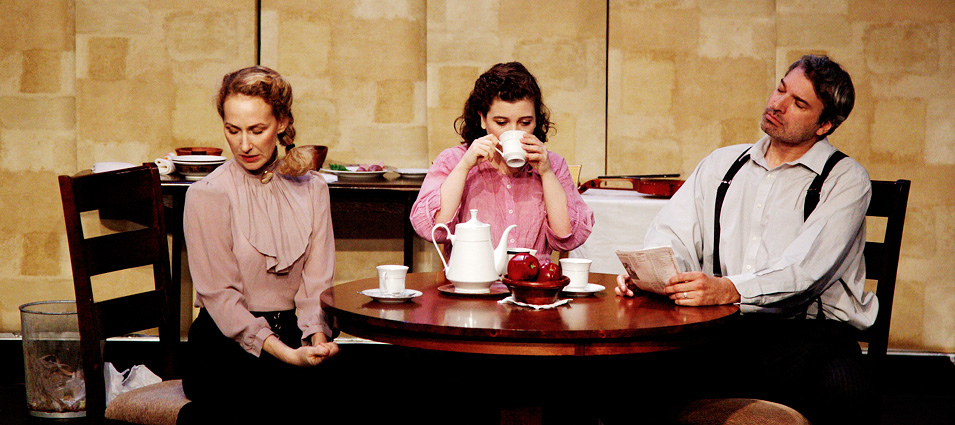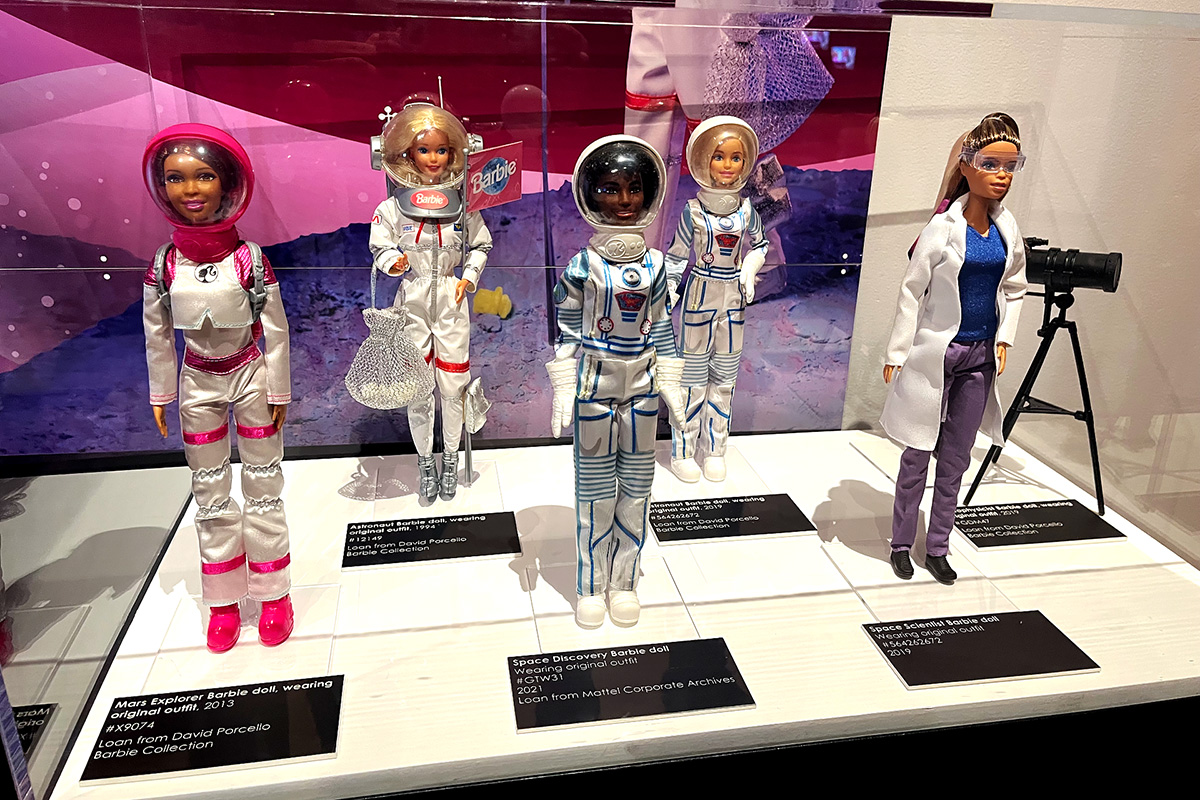The Educational Theatre of New York uses performances to teach Bronx ESL students
By Kemett Timms
“Should we repeat or continue?” asked the presenter. “Continue!” cheered the audience. A new technique for teaching students English as a second language has taken hold in the heart of New York City’s theatre district. The Educational Theatre of New York performs interactive plays for foreign students, mostly immigrants living in the Bronx, who are eager to learn the language of their new home.
Amy Evans, Associate Director at the Fordham University’s Institute of American Language, praises the work done by The Educational Theatre of New York. “It’s the perfect balance for helping English language learner audiences achieve comprehension and allowing them to simply enjoy some high quality storytelling.”
The latest production offered to students is an adaptation of Franz Kafka’s 1915 classic Metamorphosis. The play is about Gregor Samsa, a young man who struggles to support his family while facing an unexpected illness. Acceptance, loyalty and the outrageous expectations society places on individuals are the common themes.
Photos by Adrian Buckmaster
“Initially it may be difficult to envision how watching a German play written in 1915 could possibly help adult students learn a second language, but come see for yourself,” said Mariah Hoffman, the actress who plays Mrs. Samsa, Gregor’s mother.
To ensure that the students comprehend the plot, each scene ends with a facilitated break to engage the audience. After each scene, the actors freeze, while the presenter asks questions about what they just saw and depending on their response, the presenter will ask the students should the actors repeat the scene or continue with the play. It is not uncommon to repeat scenes in a performance as the goal is for students to gain a deeper understanding of the play and how it relates to their lives.
After thunderous applause, the play ends and the cast returns back to the stage for a brief Q&A. In character, the cast members answer questions that help explain any misunderstandings that the students have, clearing up confusion caused by the language barrier. By this point, audience members start to feel comfortable speaking with each other, the presenters and the actors in the show. It’s as if the play were performed by everyone in the room.















J Juliano Innocenti | April 7, 2018
|
I love this article- I have seen one of the plays done at the theatre and it was magical seeing the English language take hold in the minds that of audience, most coming from countries far far away. Look forward to more reporting by Kemett Timms for sure!